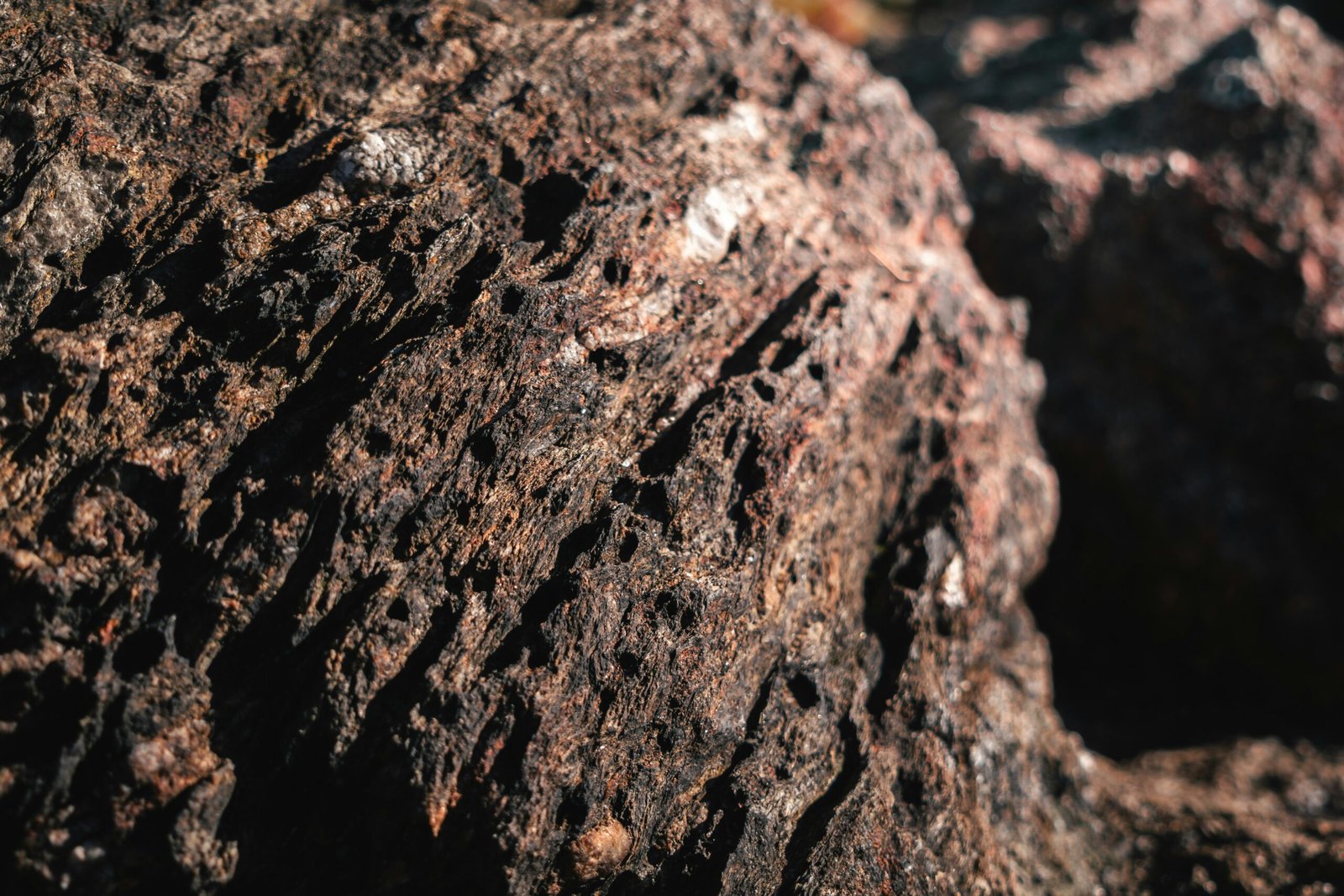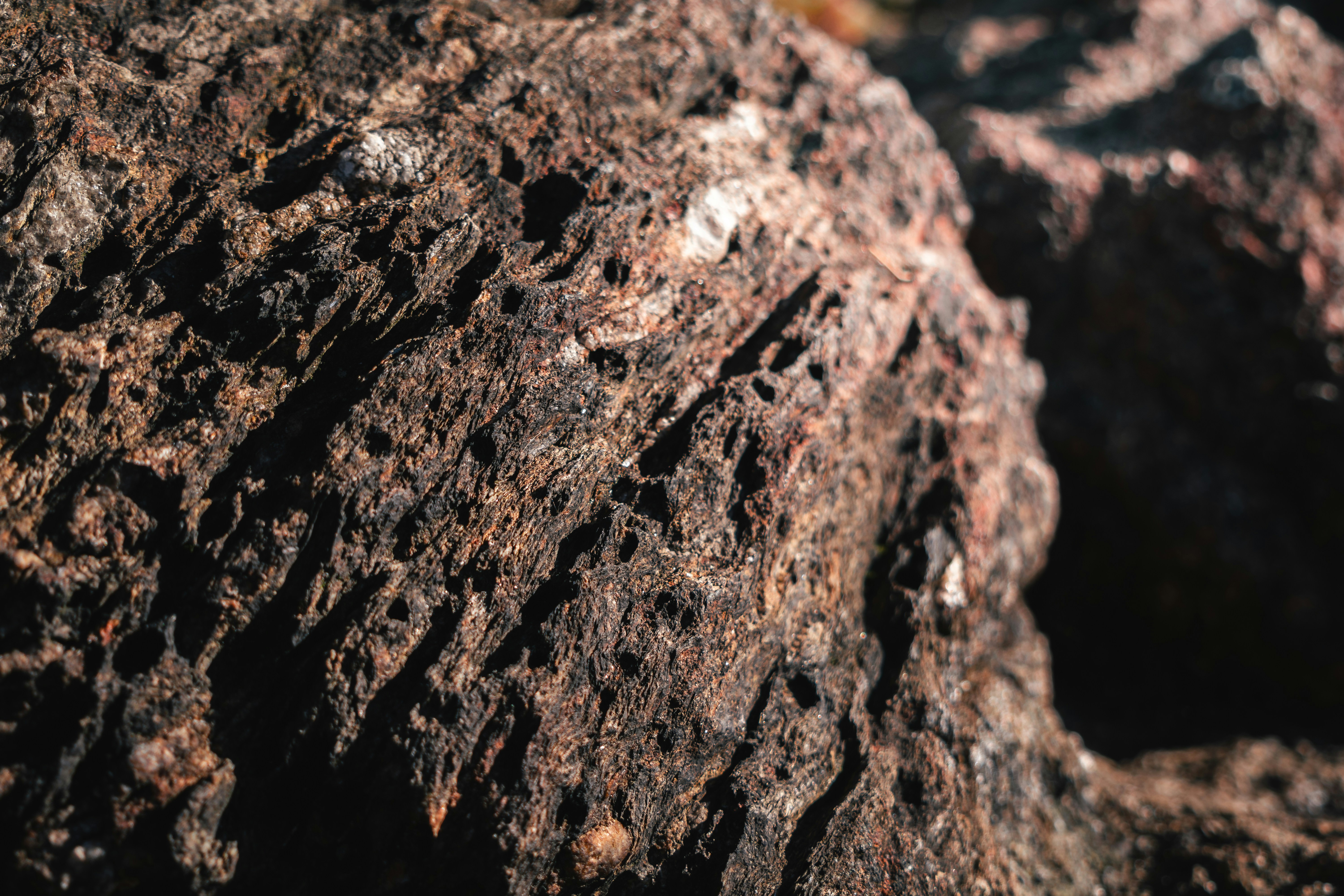You’re probably familiar with the excruciating pain of passing a kidney stone, but what you might not know is that there are ways to prevent them altogether. In this article, we’ll explore the crucial role that oxalate management plays in kidney stone prevention. By understanding the relationship between oxalate and kidney stones, you’ll gain valuable insights into how to proactively manage your diet and lifestyle to keep these painful stones at bay. So, let’s dive straight into the world of oxalate management and take control of your kidney health.
What are Kidney Stones?
Kidney stones are hard deposits that form in the kidneys when certain substances in the urine, such as calcium and oxalate, become too concentrated. These substances can crystallize and stick together, eventually forming a solid mass. Kidney stones can vary in size and shape, ranging from as small as a grain of sand to as large as a golf ball. They can cause severe pain and discomfort when they pass through the urinary tract.
Types of Kidney Stones
There are several types of kidney stones, each composed of different substances. The most common type is calcium oxalate stones, which are made up of calcium and oxalate crystals. Other types include calcium phosphate stones, uric acid stones, and struvite stones. Less common types include cystine stones and drug-induced stones. The composition of the stone can help determine the appropriate treatment and prevention strategies.
Causes of Kidney Stones
Kidney stones can be caused by a variety of factors. One of the primary causes is dehydration, which leads to concentrated urine and a higher likelihood of stone formation. Other factors that contribute to the development of kidney stones include a diet high in oxalate and calcium, a family history of kidney stones, certain medical conditions like urinary tract infections and metabolic disorders, and certain medications that increase the risk of stone formation.
Understanding Oxalate
Oxalate is a naturally occurring compound found in many plant foods and produced by the body. It is also one of the main components of kidney stones. Oxalate can bind with calcium to form insoluble crystals, which can then accumulate in the kidneys and form stones. Understanding oxalate is crucial in managing and preventing kidney stones.
Oxalate in Foods
Many commonly consumed foods contain varying amounts of oxalate. Some of the foods with high oxalate content include spinach, rhubarb, beets, Swiss chard, nuts, tea, and chocolate. It is important to note that not all individuals absorb oxalate from food in the same way, and factors such as cooking methods and food combinations can affect its absorption.
Absorption and Excretion of Oxalate
The absorption and excretion of oxalate can vary among individuals. Some people have a higher propensity to absorb oxalate from the diet, which increases their risk of developing kidney stones. On the other hand, individuals with certain gastrointestinal conditions may have impaired oxalate absorption, resulting in higher oxalate excretion through the urine. Understanding these factors can help in devising personalized oxalate management strategies.
Link between Oxalate and Kidney Stones
Oxalate is a crucial component of kidney stones, particularly calcium oxalate stones, which are the most common type. High oxalate levels in the urine increase the risk of crystal formation and stone growth. The link between oxalate and kidney stones emphasizes the importance of managing oxalate intake and excretion in individuals prone to stone formation.
Oxalate as a Component of Kidney Stones
Kidney stones are primarily composed of calcium oxalate crystals. Oxalate binds with calcium in the urine, forming insoluble crystals that can clump together and grow into stones over time. The presence of oxalate in kidney stones highlights the need to manage oxalate levels to prevent stone recurrence.
Impact of Oxalate on Stone Formation
High levels of oxalate in the urine can contribute to the formation of kidney stones. Oxalate combines with calcium to create crystal formations, which can adhere to the walls of the kidneys or urinary tract. These crystals can grow larger over time, eventually leading to the development of kidney stones. Proper management of oxalate levels is essential for preventing stone formation.
Methods of Oxalate Management
Managing oxalate levels can be achieved through various strategies. The primary methods of oxalate management include adopting a low oxalate diet, calcium supplementation, and maintaining adequate fluid intake. These approaches aim to reduce urinary oxalate levels, prevent crystal formation, and minimize the risk of stone recurrence.
Low Oxalate Diet
A low oxalate diet involves avoiding or limiting foods that are high in oxalate content. This includes foods like spinach, rhubarb, beets, Swiss chard, nuts, tea, and chocolate. By reducing oxalate intake from dietary sources, individuals can lower the amount of oxalate available for excretion into the urine, thus reducing the risk of stone formation.
Calcium Supplementation
Contrary to popular belief, increasing calcium intake can actually help reduce the risk of calcium oxalate stone formation. Adequate calcium intake can bind with oxalate in the digestive tract, preventing its absorption and subsequent excretion into the urine. It is important to consult a healthcare professional to determine the appropriate dosage and form of calcium supplementation.

Fluid Intake
Consistently maintaining sufficient fluid intake is crucial in managing oxalate levels. Drinking an adequate amount of water helps dilute the urine, lowering the concentration of oxalate and other stone-forming substances. Additionally, increased fluid intake promotes more frequent urination, allowing for the flushing out of potential crystal formations before they grow into stones.
Effectiveness of Low Oxalate Diet
Reducing dietary oxalate intake through a low oxalate diet can be an effective strategy for managing kidney stone risk. By avoiding or limiting high oxalate foods, individuals with a propensity for oxalate stone formation can reduce their oxalate excretion into the urine. This, in turn, minimizes the chances of crystal formation and stone growth.
Reducing Dietary Oxalate Intake
Adhering to a low oxalate diet involves making careful food choices to avoid high oxalate foods. It is important to be aware of the oxalate content in different foods and choose alternative options with lower oxalate levels. Working with a healthcare professional or registered dietitian can provide guidance on implementing and maintaining a low oxalate diet.

Limitations and Challenges
While reducing dietary oxalate intake can be effective, it poses certain limitations and challenges. Cutting out or significantly reducing high oxalate foods may lead to dietary imbalances and nutrient deficiencies. Therefore, it is important to ensure a well-balanced diet and consider the individual’s overall nutritional needs when following a low oxalate diet.
Importance of Calcium Supplementation
Calcium supplementation plays a vital role in oxalate management and kidney stone prevention. Adequate calcium intake can bind with oxalate in the gastrointestinal tract, preventing its absorption and subsequent excretion into the urine. This reduces the oxalate available for crystal formation in the kidneys, lowering the risk of stone development.
Calcium-Oxalate Binding
When consumed together, calcium and oxalate form an insoluble complex in the digestive tract, which prevents oxalate absorption. This complex is then excreted through the feces rather than being absorbed into the bloodstream and eventually excreted into the urine. Increasing calcium intake can promote this binding process, effectively reducing oxalate availability for stone formation.
Optimal Calcium Intake
Determining the optimal calcium intake for individuals at risk of kidney stones depends on various factors, including age, sex, and underlying health conditions. It is important to consult with a healthcare professional to assess individual calcium needs and develop an appropriate supplementation plan. Overdosing on calcium supplementation can lead to adverse effects, so proper monitoring is essential.
Role of Fluid Intake in Oxalate Management
Adequate fluid intake is crucial for managing oxalate levels and preventing kidney stone formation. Diluting urine oxalate concentrations helps reduce the risk of crystal formation and subsequent stone growth. Maintaining proper hydration by consuming an adequate amount of water and other fluids is a simple yet effective strategy in oxalate management.
Diluting Urine Oxalate Concentrations
Increasing fluid intake helps dilute urine, lowering the concentration of oxalate and other stone-forming substances. This reduces the saturation level of oxalate in the kidneys and urinary tract, minimizing the chances of crystal formation. Diluted urine also promotes the flushing out of any existing crystals, preventing the growth of kidney stones.
Recommended Fluid Intake
The recommended fluid intake varies depending on individual factors such as age, sex, weight, and activity level. Generally, it is recommended to drink at least eight 8-ounce glasses of water or about 2 liters per day. However, certain conditions may require higher fluid intake levels. It is important to consult a healthcare professional to determine the appropriate fluid intake for individual needs.
Medical Interventions for Oxalate Management
In some cases, medical interventions may be necessary to manage oxalate levels and prevent kidney stone formation. These interventions are typically reserved for individuals with severe cases or underlying medical conditions that increase the risk of stone development.
Medication to Reduce Oxalate Absorption
Certain medications, such as potassium citrate or cholestyramine, can be prescribed to reduce oxalate absorption from the diet. These medications work by binding with oxalate in the digestive tract, preventing its absorption into the bloodstream. As a result, less oxalate is available for excretion into the urine, reducing the risk of stone formation.
Surgical Intervention for Severe Cases
In severe cases or when other methods prove ineffective, surgical intervention may be necessary. Procedures such as lithotripsy, ureteroscopy, or percutaneous nephrolithotomy can be performed to remove existing kidney stones or break them into smaller pieces. Surgical intervention should be discussed with a urologist or healthcare professional specializing in kidney stone management.
Evaluation and Monitoring
Regular evaluation and monitoring of oxalate levels are essential to ensure the effectiveness of management strategies and prevent stone recurrence. This typically involves measuring urine oxalate concentrations and assessing dietary habits. Any necessary adjustments can then be made to optimize oxalate management and minimize the risk of future stone formation.
Urine Oxalate Measurement
Measuring urine oxalate concentrations provides insight into an individual’s oxalate excretion levels. This assessment helps gauge the effectiveness of dietary modifications, calcium supplementation, and fluid intake in reducing urinary oxalate and preventing stone formation. Regular monitoring and collaborating with healthcare professionals can ensure proper evaluation and adjustment of oxalate management strategies.
Regular Follow-up
Regular follow-up appointments with a healthcare professional specializing in kidney stone prevention are crucial for ongoing evaluation and adjustment of oxalate management strategies. These appointments allow for monitoring of urine oxalate levels, assessment of dietary habits, and review of overall stone prevention techniques. Follow-up visits ensure that oxalate management remains effective and helps prevent future stone development.
Conclusion
Oxalate management plays a key role in preventing kidney stone formation. Understanding the link between oxalate and kidney stones, adopting a low oxalate diet, increasing calcium intake, maintaining adequate fluid intake, and considering medical interventions when necessary are all important strategies in managing oxalate levels. By effectively managing oxalate, individuals can reduce the risk of stone recurrence and maintain optimal kidney health. Taking proactive steps and collaborating with healthcare professionals can help prevent the formation of kidney stones and improve overall well-being.




